Google’s daydreams about a photographer’s panos become artistic reality at San Jose tech conference
posted Saturday, April 2, 2016 at 5:59 AM EST
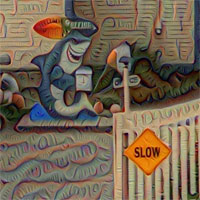
Ever woken up and promptly found yourself wishing that you could revisit last night's dreams for just a little longer? It might not be possible just yet, although step by step, we're inching closer to making it possible to record and replay dreams.
But dreams aren't just for the living, these days. As was widely reported in the mainstream media last summer, Google gave us a peek into the incredibly eerie "dreams" of its neural networks, courtesy of a visualization tool it had created to determine just what (and how) its computers were learning. The company later open-sourced its DeepDream code, giving third parties a chance to play with the tools and generate their own imagery.
Photographer and artist Daniel Ambrosi found himself captivated by the imagery, and so decided to apply it to his own panoramic imagery. Because of the extremely high resolution of his works -- most of which are available to purchase as ready-to-hang MetalPrints -- he found that the code kept running out of memory and crashing, however. Fortunately, with some assistance from Google software engineer Joseph Smarr and Nvidia Director of GPU Computing Software Chris Lamb, he was able to get it running on Amazon's Elastic Compute Cloud service, with each image taking around ten hours to render.
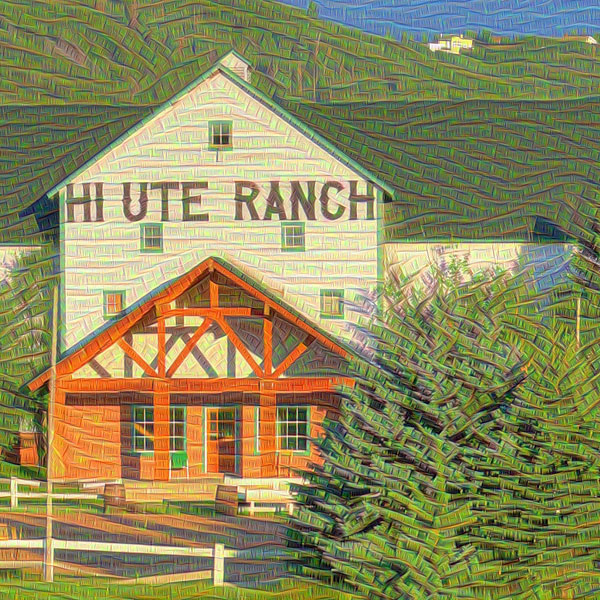
That's great news for us, because the final result is stunning. If you click through to the DeepDream-processed versions on GigaPan's website (you'll find a link directly beneath each full-sized scene), the full images don't look that terribly different from their photographic originals. Zoom in, though, and you're transported into a totally different world -- one that's jam-packed with textures, patterns and details that range from the artistic to the downright alien, and which is often populated by the half-hidden faces of mysterious, computer-imagined creatures.
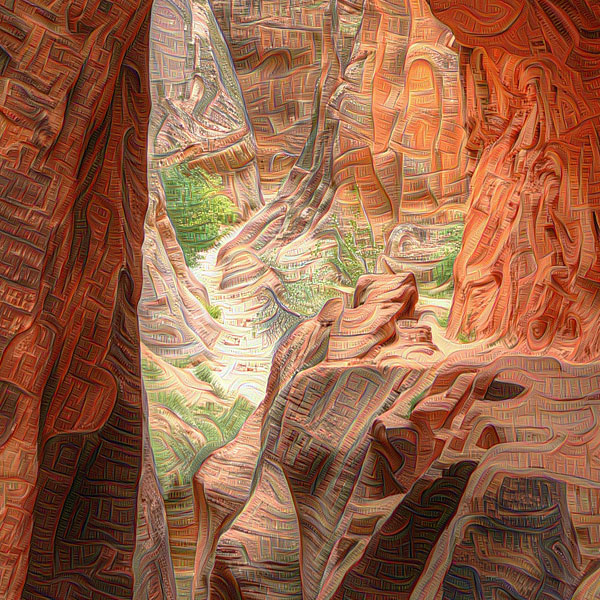
The images, says Ambrosi, are "my attempt to remind myself (and others) that we are all actively participating in a shared waking dream. Science shows us that our limited senses perceive a tiny fraction of the phenomena that comprise our world. No doubt, there is much more going on than meets the eye."
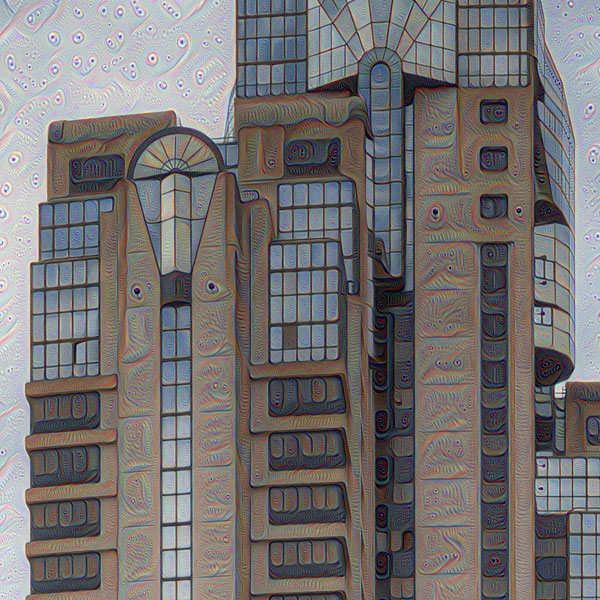
And now, Ambrosi's Dreamscapes artworks can be seen not just online, but also in person -- at least, if you'll be attending the GPU Technology Conference in San Jose, California from Monday thru Thursday of next week. The images on display at the conference will be shown backlit at a whopping 16 feet wide by eight feet tall. (To give you an idea of the scale of these prints, each of the crops in this article would be around one foot tall in the final prints.)
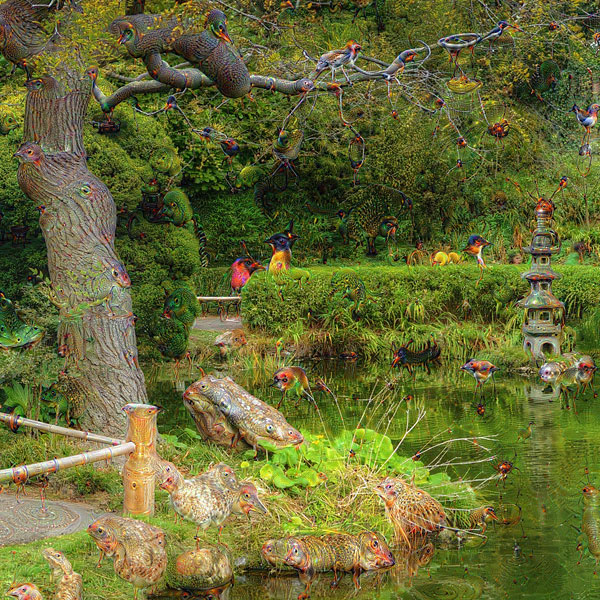
And for those who're keen to learn the technical details, Ambrosi, Smarr and Lamb will also be present at the show to give a one-hour talk at noon on Tuesday, where they'll discuss the workflow used to create Ambrosi's amazing imagery. You'll also find more information about how Google's algorithms are working, and just what they're doing to create these bewildering daydreams, in Google's original blog post about DeepDream.
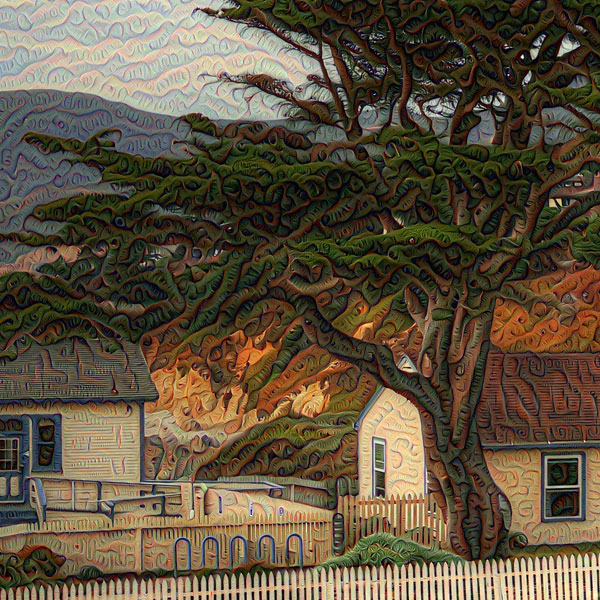
To see more crops -- we've only chosen a few of our favorites -- and to pan around the full-sized images, hop on over to the Dreamscapes section of Daniel Ambrosi's website. And when you're done, don't forget to browse through some of the more traditional panoramas in his other albums, as well!
(All image crops courtesy of Daniel Ambrosi, and used by permission)